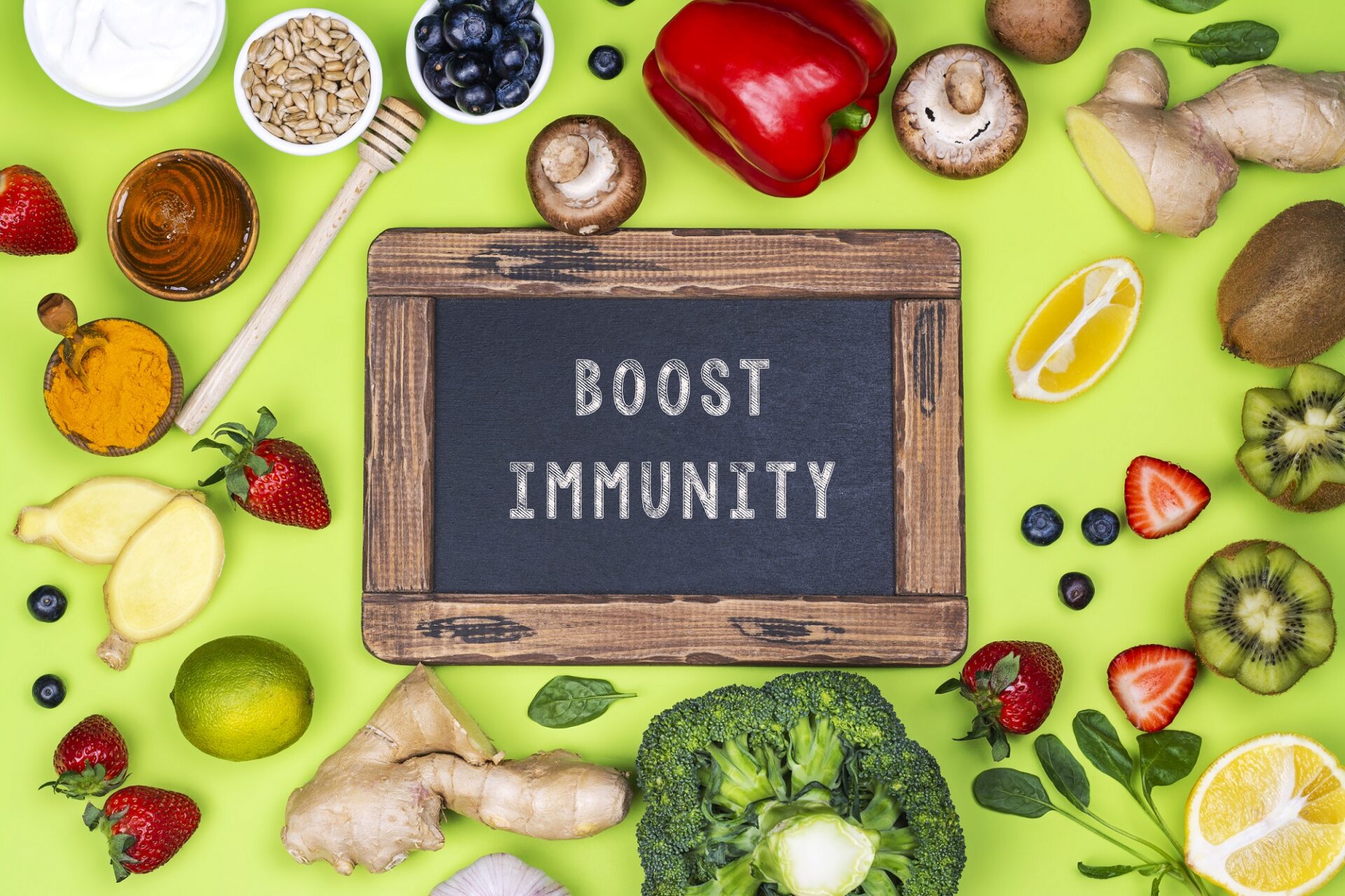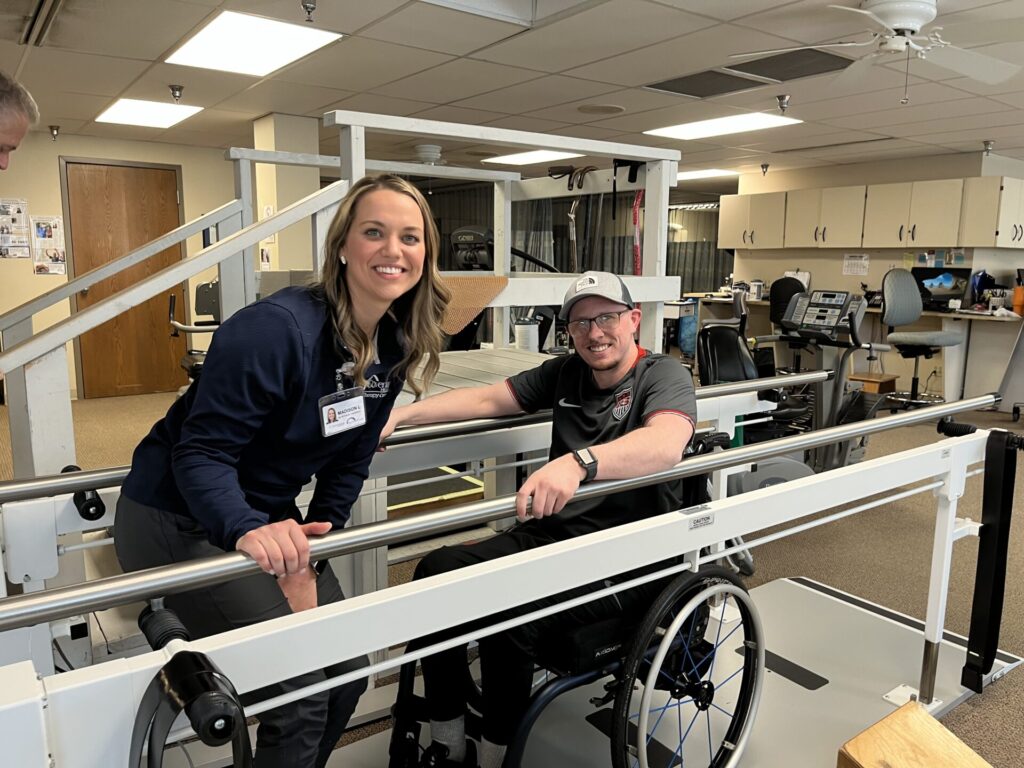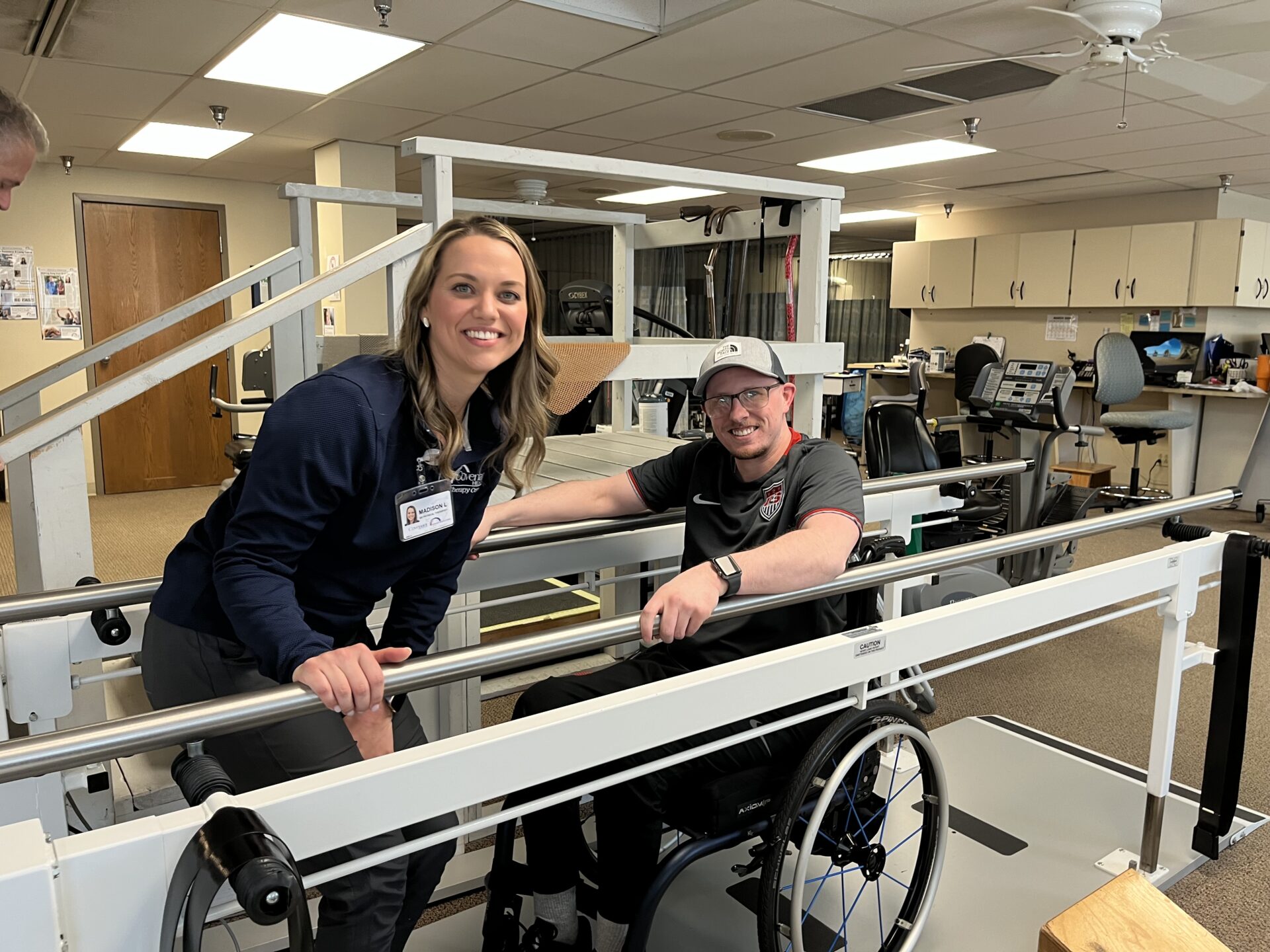- Find a DoctorDoctors by Specialty
- Cardiac Electrophysiology
- Cardiology
- Colon & Rectal Surgery
- Family Medicine
- Gastroenterology
- General & Vascular Surgery
- Gynecological Oncology
- Gynecology
- Infectious Disease
- Internal Medicine
- Interventional Cardiology
- Interventional Radiology
- Nephrology
- Neurology
- Neurosurgery
- Obstetrics & Gynecology
- Oncology
- Oncology & Hematology
- Orthopedic Surgery
- Otolaryngology
- Perinatology
- Psychiatry
- Pulmonary Medicine
- Radiation Oncology
- Rheumatology
- Sleep Medicine
- Thoracic Surgery
- Urology
- View All Doctors
- Our ServicesMedical Services
- Bariatric Services
- Behavioral & Mental Health
- Breast Care
- Cancer Care
- Critical Care
- Ear, Nose, & Throat
- Emergency Services
- Gastroenterology
- Glossary
- Heart Care
- Home Care
- Hospice & Palliative Care
- Imaging & Diagnostics
- Long-Term Care
- Nephrology
- Orthopedics
- Primary Care
- Rehabilitation Therapies
- Robotic-Assisted Surgery
- Sleep Services
- Spine Care
- Stroke Care
- Surgery Services
- Telehealth Services
- Urology
- Urgent Care
- Virtual Urgent Care
- Women’s Services
- Wound Care
- Our Locations
- Patients & Visitors
- About Us
This content authored by Amanda Mondini, RD, LD, Clinical Dietitian

Food and Your Immune System
Have you ever taken Emergen-C or a similar supplement to “boost” your immune system? Many of these “immunity-boosting” supplements claim to enhance the immune system and ward off illness. However, scientific experts warn against the idea of “boosting” the immune system.
Instead, according to experts, it is best for the immune system to be perfectly balanced. Too much of an immune reaction could result in allergies or autoimmune disorders. Too little of an immune reaction could result in illness or infection. Let’s change the vocabulary a bit here and focus on what we can do to support our immune system and work toward balance.
Below are 2 things that you can start doing today to care for this incredibly complex and life-sustaining system.
Eat Well
A nutritious and balanced diet is the foundation of a well-oiled nervous system.
Keep it simple by following the U.S. Department of Agriculture’s (USDA) well-researched eating model: MyPlate. The USDA states that “it’s important to eat a variety of fruits, vegetables, grains, protein foods, and dairy and fortified soy alternatives.” They recommend choosing “options for meals, beverages, and snacks that have limited added sugars, saturated fat, and sodium.” Learn more about MyPlate by clicking here.
Besides the “big picture” of diet, there are also a few key micronutrients that help keep the immune system functioning properly: vitamin B6, vitamin C, and vitamin E. Please note that while supplements are available for each of these vitamins, the best way to ensure optimal absorption into your bloodstream is by eating them in their original package… whole foods!
- Vitamin B6: The Recommended Dietary Allowance (RDA) for vitamin B6 varies with age group and gender. Click here to determine how much you need daily. Major sources of vitamin B6 for Americans include fruit (other than citrus) and starchy vegetables like potatoes.
- Vitamin C: The RDA for vitamin C also varies with age group and gender. Click here to see how much you need each day. As mentioned earlier, Emergen-C is a popular supplement that touts that it contains “as much vitamin C as 10 oranges!” per serving. Let’s think about this though… would you really eat 10 oranges on a normal day? Also, consider all of the fiber within the orange that you are missing out on by just supplementing with vitamin C instead. The RDA for vitamin C for adult men and women is 90 milligrams (mg) and 75 mg, respectively. One serving of Emergen-C contains 1,000 mg of vitamin C, which is over 1,000% of the RDA. That’s a tad excessive, don’t you think? I prefer to get my vitamin C from citrus fruits, strawberries, kiwifruit, tomatoes, red and green bell peppers, and so much more!
- Vitamin E: The RDA for vitamin E is 15 mg for adults. Other age groups have different recommendations, listed here. Vegetable oils and nuts are wonderful sources of vitamin E, and green vegetables like spinach and broccoli provide some vitamin E as well. Tired of your typical sautéed spinach or spinach salad? The American Institute for Cancer Research has developed a delicious recipe for a turkey, spinach, and apple wrap, available here. This wrap provides a fun opportunity to eat spinach in a new way and is perfect to enjoy on a hot summer day!
Drink Enough Water
Why would water be an important factor in immunity? Well, water is a main component of lymph, which is a substance that carries immune system cells around the body. Don’t reduce the efficacy of lymph by staying dehydrated! Determine your daily fluid needs by inputting your weight into this calculator. Of course, make sure to ask your treatment team if they have any specific guidelines for you regarding fluid intake as each body and situation is different.
I’ll be the first to admit that I struggle to meet my daily fluid requirements. Below are a few things that have helped me get closer to reaching my goal:
- Have a plan in place. Make a checklist or schedule reminders on your phone to drink water.
- Try drinking 1 cup of water for every hour that you are awake.
- Make it fun! Buy a colorful, reusable water bottle. “Dress up” your water by infusing it with strawberries, lemon, cucumber, mint, etc.
- You can also try using a water enhancer like Crystal Light.
- Eat fruits with high water content such as melons, pineapple, and strawberries.
For more quick tips on supporting your immune system, check out this article published by the Academy of Nutrition and Dietetics.
Click here to learn more about navigating nutrition choices by understanding the Nutrition Facts Label.
Work Cited
- S. Department of Agriculture. “What Is MyPlate?” MyPlate, 2020, www.myplate.gov/eat-healthy/what-is-myplate.
- Center for Disease Control and Prevention. “Micronutrient Facts”. https://www.cdc.gov/nutrition/micronutrient-malnutrition/micronutrients/index.html
























